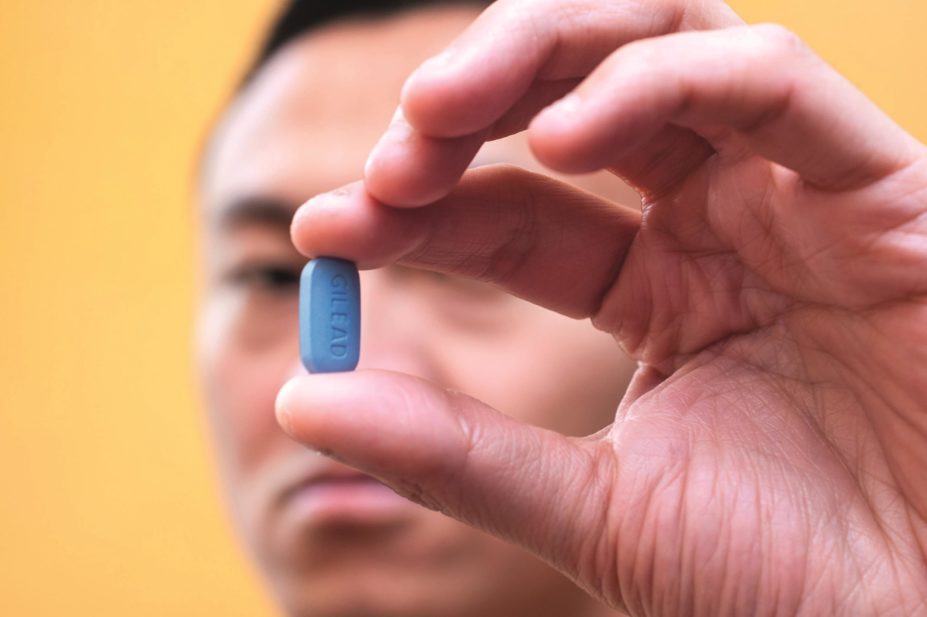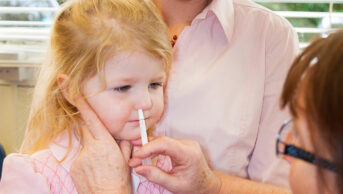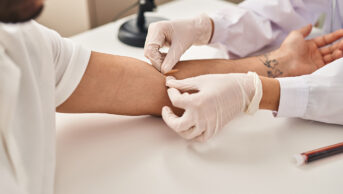
Directphoto Collection / Alamy Stock Photo
Offering men who have sex with men (MSM) antiretroviral therapy as pre-exposure prophylaxis (PrEP) is necessary if the UK is to achieve a marked reduction in the annual rate of HIV infections by the end of this decade, according to research published in The Lancet HIV
[1]
on 13 January 2016.
Researchers created a mathematical model for HIV transmission based on detailed behaviour and surveillance data.
The model considered seven different interventions designed to reduce HIV infection among MSM over a six-year period. The interventions included testing for HIV once or twice a year, a test-and-treat programme, PrEP and programmes designed to encourage changes in sexual behaviours.
Using a base line of 16,955 new HIV infections in MSM in the UK during the six-year period, the model found that testing twice a year outperformed all other interventions.
Simultaneous PrEP, expansion of HIV testing and initiation of a test-and-treat programme in 25% of high-activity MSM had the potential to save 7,399 (interquartile range [IQR] 5,587–9,813) MSM in the UK from HIV infection (43.6%, IQR 32.9–57.9, of total incidence).
“Our analysis confirmed the importance of implementation of a combination of interventions for effective HIV control in MSM,” say the researchers. “PrEP could prevent a large number of new HIV infections if other key strategies, including HIV testing and treatment, are simultaneously expanded and improved.”
References
[1] Punyacharoensin N, Edmunds WJ, De Angelis D et al. Effect of pre-exposure prophylaxis and combination HIV prevention for men who have sex with men in the UK: a mathematical modelling study. Lancet HIV 2016. doi: 10.1016/ S2352-3018(15)00056-9

